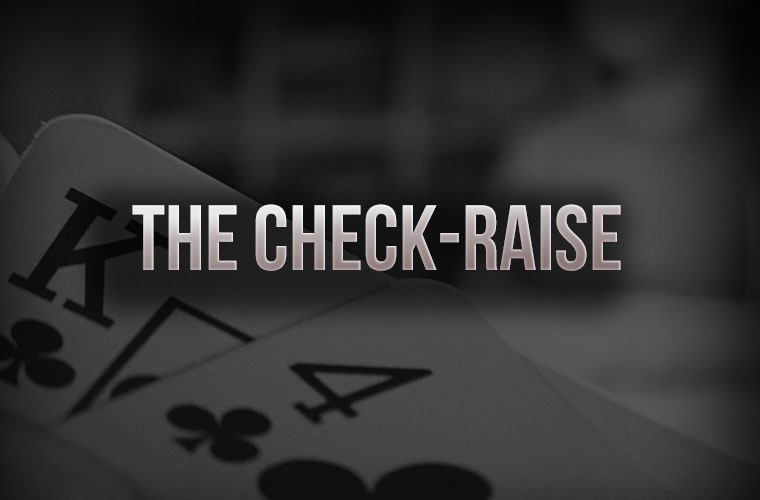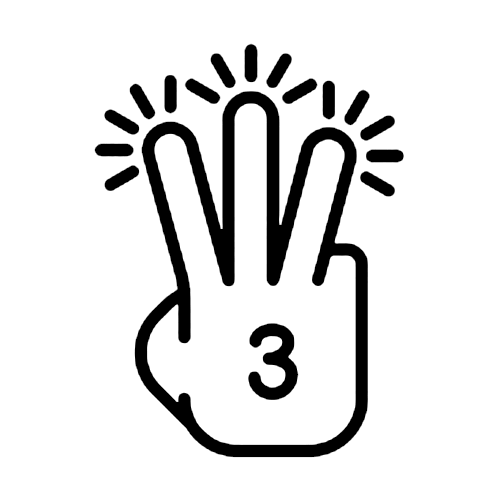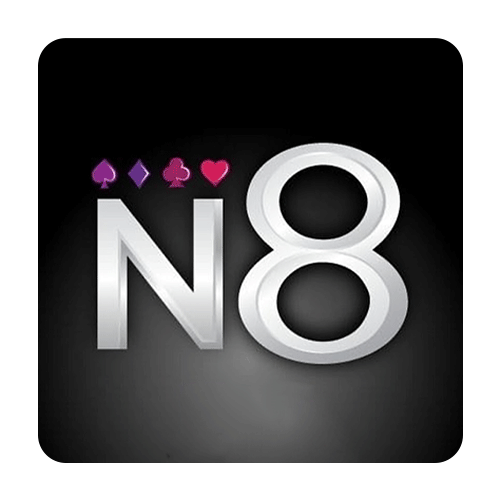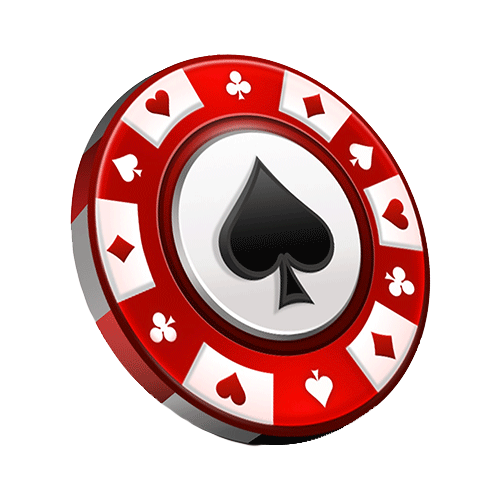 Poker
Poker
Understanding The Check-Raise Play in Poker
Generally speaking, there are two purposes for check-raising — as a value bet (when you have a strong hand that figures to be better than your opponent’s) or as a bluff (when you have a weak hand that is likely behind your opponent’s).
Check-raising for value:
If you do decide to check-raise with a strong hand, be reasonably sure that your opponent will bet if you check, since there’s nothing worse that checking down a big hand without any additional chips going into the pot. If you doubt your opponent will bet, forgo the check-raise and lead with a bet in order to get more value from your good hand. Follow this only when you have a stronger hand than your opponent(s), you are reasonably sure your opponent will bet if you check and you believe check-raising to be a better way of building a pot than leading with a bet.
Check-Raising as a Bluff
Most players will check-raise for value more often than they will check-raise as a bluff, although the latter play can be especially effective given a favourable set of circumstances. As with check-raising for value, the bluff check-raiser is checking while anticipating an opponent will be betting, thereby providing the opportunity to check-raise. Since the move is being made as a bluff, the player making it believes both that the opponent has a better hand thus the pot probably can’t be won if the hand goes to showdown, and the “story” of the bluff is going to be a believable one, thus being more likely to work and earn a fold.
Firstly do not check-raise as an afterthought after checking to an opponent without a plan of what to do next. As mentioned above, the check-raise is a two-part post flop play that requires you to think ahead, knowing when you check and that you’ll be raising after your opponent bets. Secondly, don’t check-raise just for the sake of making a showy, “fancy” play. Remember, you’re check-raising because it’s the best way to build a bigger pot (if it’s for value) or the best way to elicit a desired fold (if it’s a bluff).
These were the two types of check-raise scenarios we could think of. Do you know of any more? If yes, then please leave a comment. Also, keep reading GutshotMagazine.com for more poker gyaan!
Comments
Top 15 Poker Rooms
-
TripsyPoker
Sign-up with Gutshot
Offer: Get 30% Instant Rakeback Register -
Natural8 India
Sign-up with Gutshot
Offer: 200% bonus up to ₹81,000 on first deposit Register -
Spartan Poker
Grab Welcome Bonus
Offer: FTD 50% Bonus Money up to ₹20K. Deposit code ‘ALLIN50’ Register -
Junglee Poker
Sign-up and get bonus
Offer: Up to ₹50,000* Register -
PokerCircle
Download the app
Offer: Get welcome bonus up to ₹65,000* Register -
PokerDangal
Deposit with code GSTREFUND
Offer: Get 100% GST discount on deposits Register -
BatBall11 Poker
Sign-up with code GUTSHOT
Offer: Get ₹50 FREE Register -
WinZo Poker
Daily Winnings Up To ₹40 Crore!
Offer: Get ₹550 Joining Bonus For Free Register




















Leave a Reply